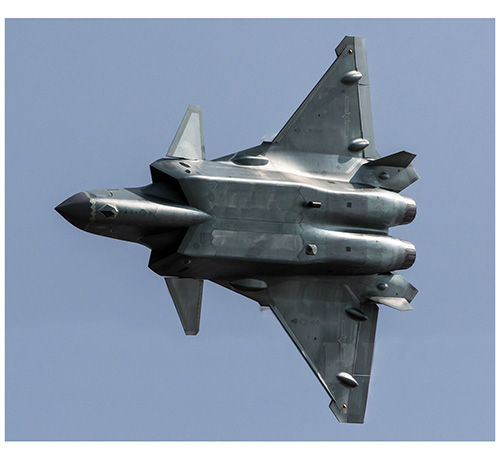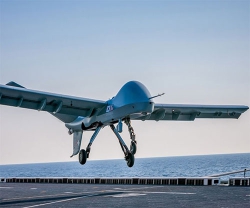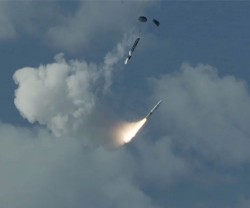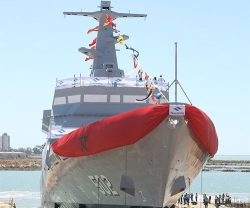China will raise its defense budget by 8.1% in 2018, according to a budget report submitted to the national legislature earlier this week, up from last year’s 7%, Xinhua news agency reported.
The 2018 defense budget will be 1.11 trillion Yuan (175 billion U.S. dollars). Although slightly higher than the previous two years, the growth rate is the third time to dip into the single digit since 2013, following 7.6% in 2016 and 7% in 2017.
China’s defense budget takes up a smaller share of its Gross Domestic Product (GDP) and national fiscal expenditure compared with other major countries, said Zhang Yesui, spokesperson for the first annual session of the 13th NPC, at a press conference on Sunday.
Its military spending per capita is also lower than other major countries, Zhang said.
“A large part of the growth of the defense budget is to make up for the low military spending in the past and is mainly used to upgrade equipment and improve the welfare of servicemen and women and the living and training conditions of grassroots troops,” he added.
According to abc News, analysts don’t consider China’s publicly announced defense spending to be entirely accurate since defense equipment projects account for a significant amount of “off book” expenditures.
Much of China’s energies have been focused on what is known as anti-access/area denial, or A2/AD operations, which seek to scare the U.S. Navy and other forces far from China’s shores.
China’s navy has been training rigorously on the Liaoning aircraft carrier, which was bought from Ukraine and heavily refurbished. In April, it launched a 50,000-ton carrier built entirely on its own based on the Ukrainian model.
It will join the improved Type 093B Shang class nuclear-powered attack submarine equipped with anti-ship missiles - considered only slightly inferior to the U.S. Navy’s mainstay Los Angeles class boats - and the Type 055 guided-missile destroyers at the forefront of China's naval technology.
Such vessels stand to alter the balance of power in the Indo-Pacific, where the U.S. Navy has long been dominant and regional rivals such as Japan and India are stepping up their presence. Most navy ships already have anti-ship cruise missiles with longer ranges than those of their U.S. counterparts.
China’s navy is also relying on numerical superiority to boost its influence. All three of China’s sea forces - the navy, coast guard and maritime militia - are the largest of their types by number of ships, allowing them to “maintain presence and influence in vital seas,” according to Andrew S. Erickson of the U.S. Naval War College’s China Maritime Studies Institute.
All three fleets are growing “leaner and meaner” due to a greater emphasis on technical sophistication, Erickson wrote, adding that the U.S. also anticipates facing a Chinese submarine fleet twice its number, though less technologically advanced.
In the air, China last month said it had begun equipping combat units with its J-20 stealth fighter jet (photo), the country’s answer to fifth-generation jets such as the U.S. F-22 and F-35.
No less impressive is China’s missile technology, particularly the DF-21D, which is built to take out an aircraft carrier, and a new air-to-air missile with a range of some 400 kilometers (249 miles) that could attack assets such as early warning aircraft and refueling tankers crucial to U.S. Air Force operations.
In a further display of sophistication, China said in early February that it had successfully tested a mid-course anti-missile defense system, deploying similar technology to that used to destroy a defunct Chinese satellite in 2007.





















